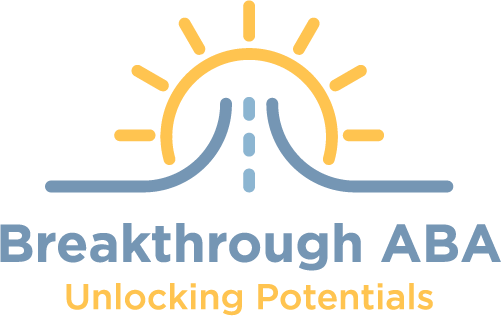Did you know that ABA therapy can occur across many different environments? Well, it’s true! Unlike other therapeutic services you may be familiar with, ABA therapy offers the unique flexibility to implement highly individualized programming most anywhere! The location where services are provided can also play an important role in the overall success of programming because it can help foster generalization (i.e., the ability for the new skill to be successfully exhibited across settings) . The most optimal environment is determined based on the needs of the individual receiving therapy. The three most common environments in which ABA therapy can occur are the clinic, the home, and the community.
Clinic-based ABA provides a distraction-free environment where the therapist can work one-on-one with the individual in a highly customizable setting. The clinic setting provides the therapist ample opportunity to make the setting work specifically for the skills and behaviors being addressed during session. In this environment the therapist is able to minimize distractions and contrive situations that prompt the client to engage in specific behaviors and/or exhibit specific skills. This setting is also optimal to work on reducing moderate to severe problem behaviors. When the therapist has concise control over what is in the room and who is in the environment, it provides a much “cleaner” scenario to target problem behaviors like non-compliance, property destruction, aggression, and self-injurious behavior (SIB) for reduction while also teaching replacement behaviors and/or skills that help the client more readily participate in and access the world around them.
The home setting, while much less versatile when it comes to contriving the environment, does provide the client with the ability to learn many critical skills in the actual environment where it is needed daily (e.g., self-help skills, following a daily routine, etc.). This environment also provides an opportunity to involve the family in the therapeutic process that is not as readily available in the clinic-based setting. Since parent/caregiver training is an integral part of any ABA program, the home-based services setting does provide more consistent access to a parent/caregiver both for parent/caregiver training sessions and to provide opportunity for parents/caregivers to observe programming interventions so that they can use them when sessions are not occurring.
Lastly, the community setting is a perfect location for therapy when addressing social skills or skill maintenance for goals like making purchases in the community, ordering from a menu, or shopping from a list. This setting can also be used when families are having difficulty with transitions or problematic behaviors in different community settings. Behavior therapists are specifically trained to address coping with transitions, deescalating problem behavior, navigating a variety social contexts and exchanges, and anything else that is a barrier to full participation in the community setting. The overall goal of community-based services is to help the individual receiving therapy access the world around them in a meaningful way while also ensuring the family can also fully enjoy time together.
Whether therapy is conducted in one or a combination of these environments, ABA services can be a life-changing experience when goals are tailored exclusively to what the individual needs. Every individual on the autism spectrum is different and their services should reflect that. By providing this highly effective, science-based therapy in the setting that most adequately addresses acquisition of the skills they need to be successful and reducing problem behaviors serving as a barrier to their daily life, the possibilities are limitless!
